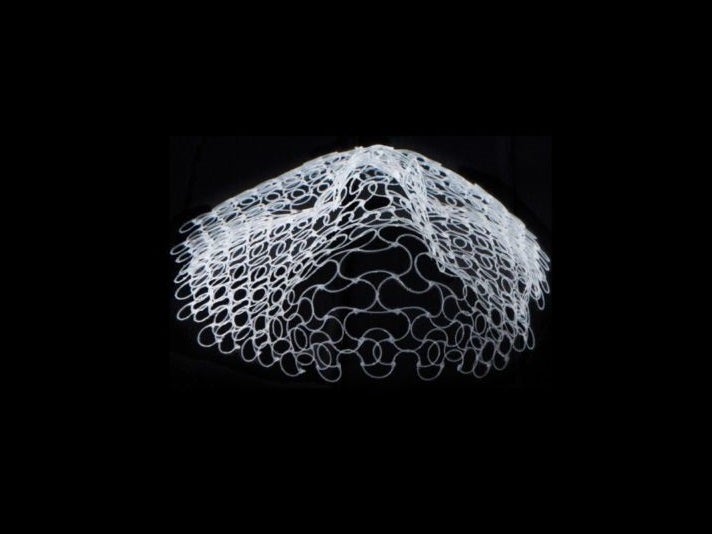Scientists discover shape-shifting material that could revolutionise robotics
When triggered the smart material can change its shape by up to 10 per cent

Your support helps us to tell the story
From reproductive rights to climate change to Big Tech, The Independent is on the ground when the story is developing. Whether it's investigating the financials of Elon Musk's pro-Trump PAC or producing our latest documentary, 'The A Word', which shines a light on the American women fighting for reproductive rights, we know how important it is to parse out the facts from the messaging.
At such a critical moment in US history, we need reporters on the ground. Your donation allows us to keep sending journalists to speak to both sides of the story.
The Independent is trusted by Americans across the entire political spectrum. And unlike many other quality news outlets, we choose not to lock Americans out of our reporting and analysis with paywalls. We believe quality journalism should be available to everyone, paid for by those who can afford it.
Your support makes all the difference.Engineers have discovered a new kind of shape-shifting memory material that they claim could transform everything from jet engines to robotics.
A team from Massachusetts Institute of Technology created the “smart material” using a special type of ceramic, which can withstand vast temperatures and intense wear and tear.
When triggered – either by temperature, mechanical stress, or electric or magnetic fields – the material can change its shape by up to 10 per cent.
Shape-memory materials made of metal have previously been developed, however their applications remain limited in high-temperature settings and at micro scales.
“The shape-memory materials that are out there in the world, they’re all metal,” said Professor Christopher Shuh from MIT’s Department of Materials Science and Engineering.
“When you change a material’s shape down at the atomic level, there’s a whole lot of damage that can be created. Atoms have to reshuffle and change their structure. And as atoms are moving and reshuffling, it’s sort of easy to get them in the wrong spots and create defects and damage the material, which leads them to fatigue and eventually fall apart.”
In order to create the shape-shifting ceramic, the researchers used “all the modern tools of science”, including computational thermodynamics, phase transformation physics, crystallographic calculations and machine learning.
Practical applications remain a way off, though the researchers claim the potential for a micro scale piston is vast.
“It’s very hard to scale down a hydraulic piston, it’s hard to make on the micro scale,” said Professor Schuh.
“[But] the idea that you have a solid-state version of that at very small scales – I’ve always felt there are a lot of applications for microscale motions. Microrobots in small places, lab-on-a-chip valves, lots of small things that need actuation could benefit from smart wearables like this.”
Details of the new material were published in the scientific journal Nature on Wednesday.

Join our commenting forum
Join thought-provoking conversations, follow other Independent readers and see their replies
Comments